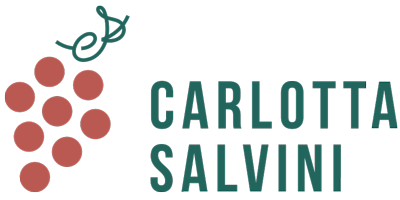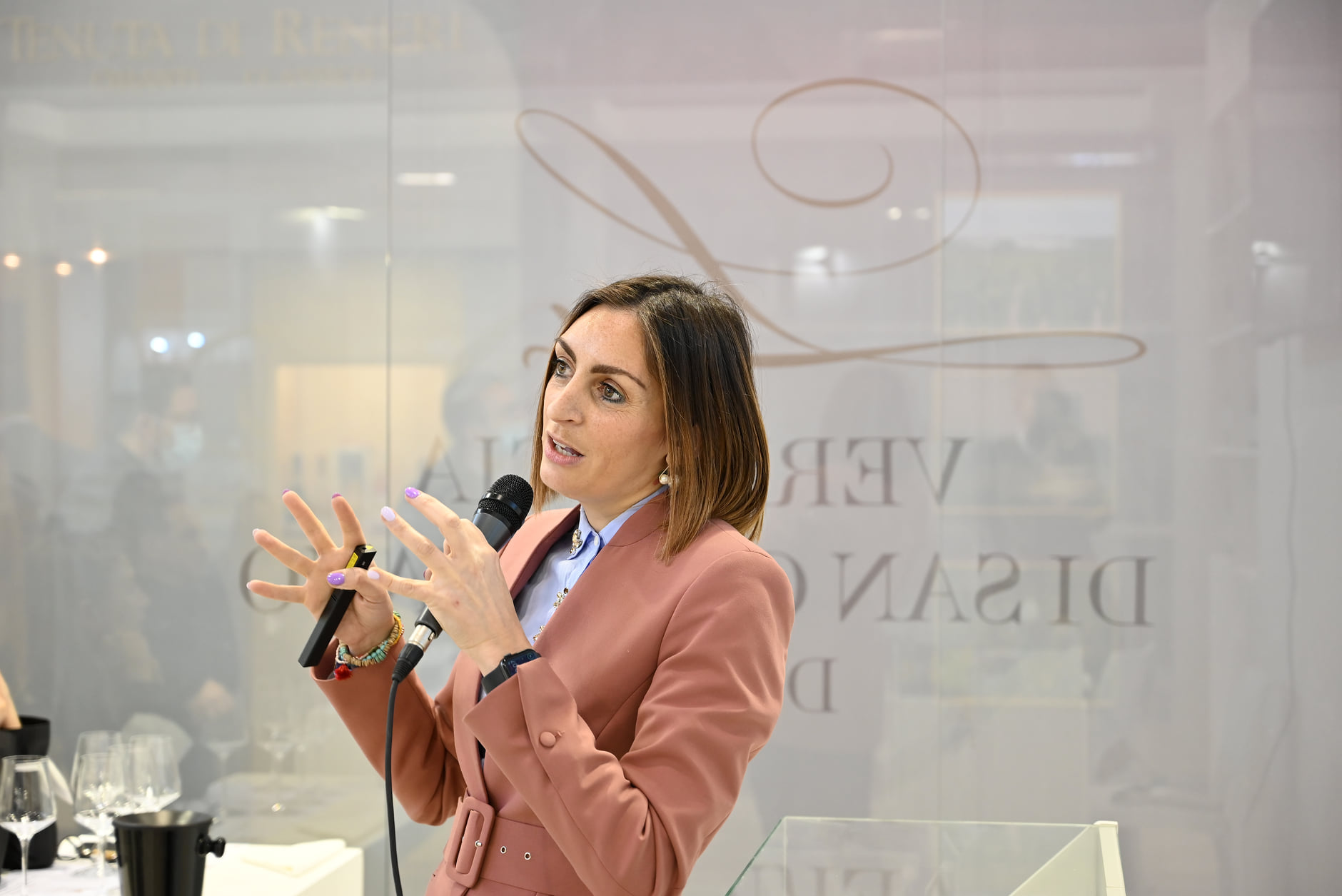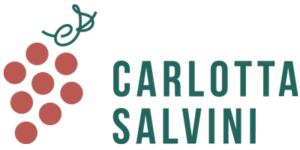How to use the emotions to build the awareness of a winery brand and the Story Telling to educate younger consumers to the culture of wine quality
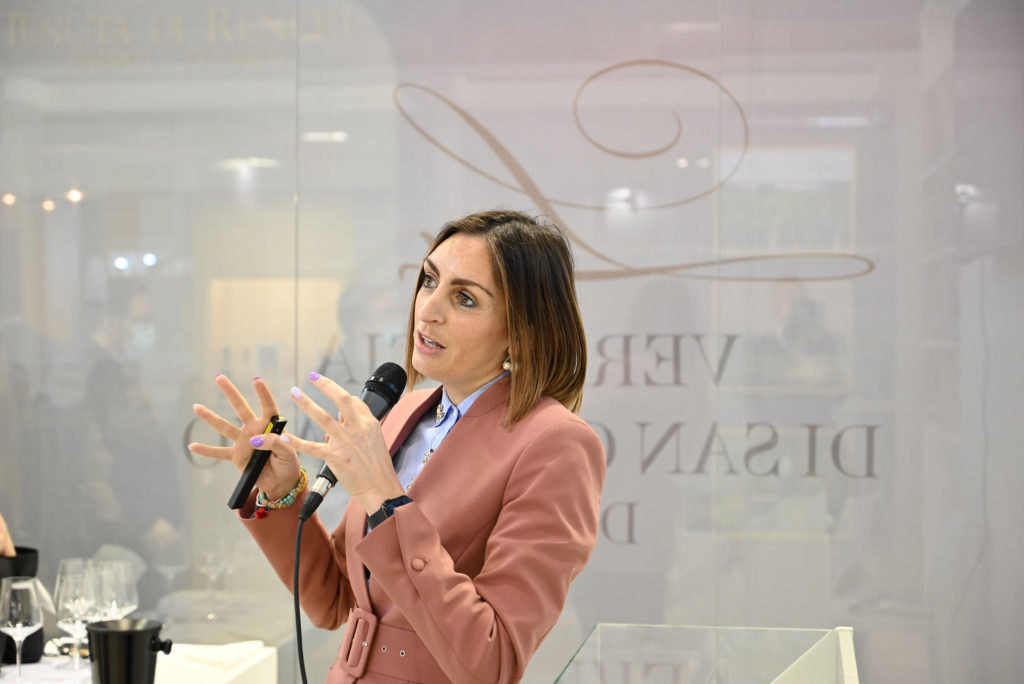
In the latest edition of Vinitaly 2022 I had the great pleasure of leading two Masterclasses in collaboration with the Vernaccia di San Gimignano Consortium entitled “The Pop Character of Vernaccia Annata”. Therefore my Masterclasses were focused on two different subjects “The wine tasting as an experiential marketing tool” and “Emotional Branding & Story Telling of wine in Generation Z”. Over the years, the trend of the post-modern oenophile consumer is to look for an experience rather than the purchase, something that goes beyond the wine itself.
This trend, particularly in the recent years, has contributed to increase the demand for quality wine, and the wine tourism. During the Masterclasses I highlighted how wineries are adopting diversified strategic behaviors to reach the final consumer especially in the direct sales channels. The winery will increasingly be a diversified company not only for the “uniqueness” of its wines, but also for the activities strongly consumer-oriented.
The Experience becomes the foundation of a new economy: Experience Economy, is an economy that competes mainly for the diversification of the experiences that the wineries can arrange for their customers, rather than products or services ( Gilmore 2000).
Especially in the younger consumers (Millennials and Generation Z) the wine communication focused on emotions is much more effective rather than on the characteristics of the product / service itself. Together with the audience, we tried to build up the Brand Image of Vernaccia di San Gimignano and a story telling with a tasting approach aimed to enhance its main key points.
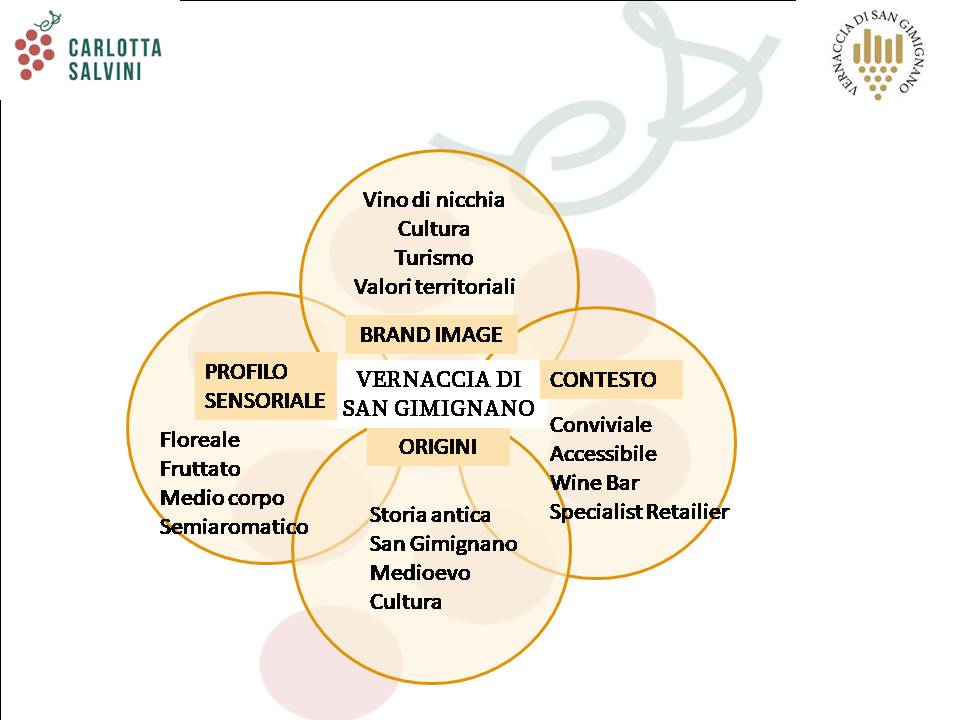
The Vernaccia di San Gimignano is perceived as a niche wine, linked to culture, tourism with territorial values. Its placement is the one of an accessible, convivial wine, but the mention Riserva can aspire to higher positions in the fine dining segment or specialist wine retailer. It has ancient history, in medieval times, and has a sensory profile with very specific aromatic dominants, which make it recognizable and identifiable.
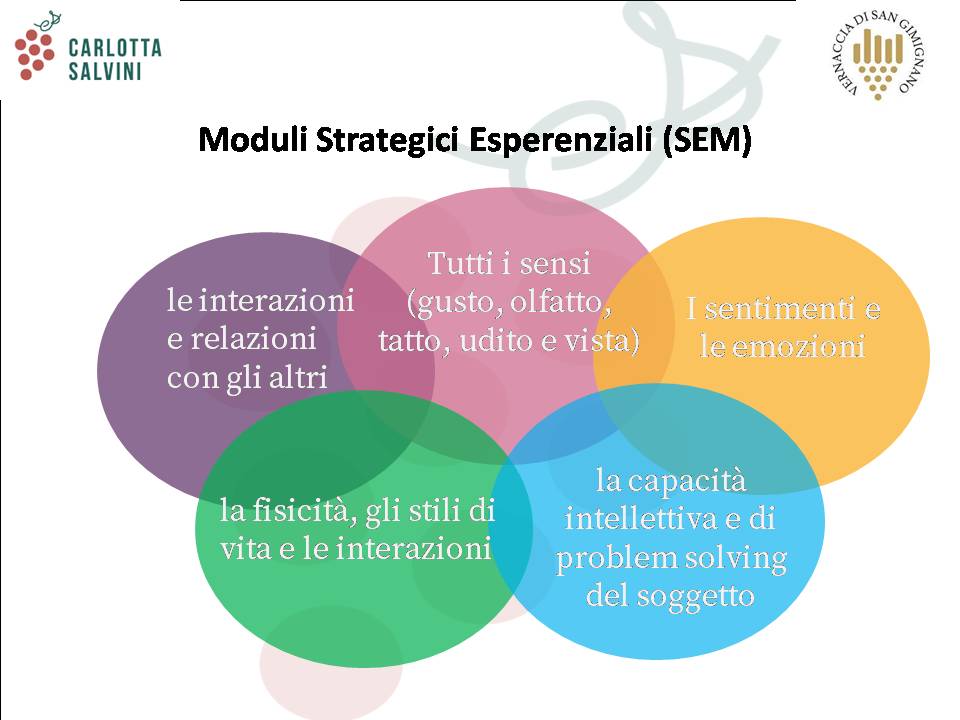
With reference to “Emotional Branding” strategies, I highlighted some examples taken from advertising campaigns of large companies: Coca Cola, Nike, Amazon, etc. Starting from these examples, together with the public we made a practical demonstration of how manage the emotional components for the purchase of a product based on 5 types of experiences: Sense, Feel, Think, Act, Relate and how this can be adapted to the wine industry. Also referring to the use of digital marketing, further communication strategies can be used to strengthen the image of a Brand, and to attract potential younger consumers in a responsible, conscious way and therefore educating to the culture of quality wine.
